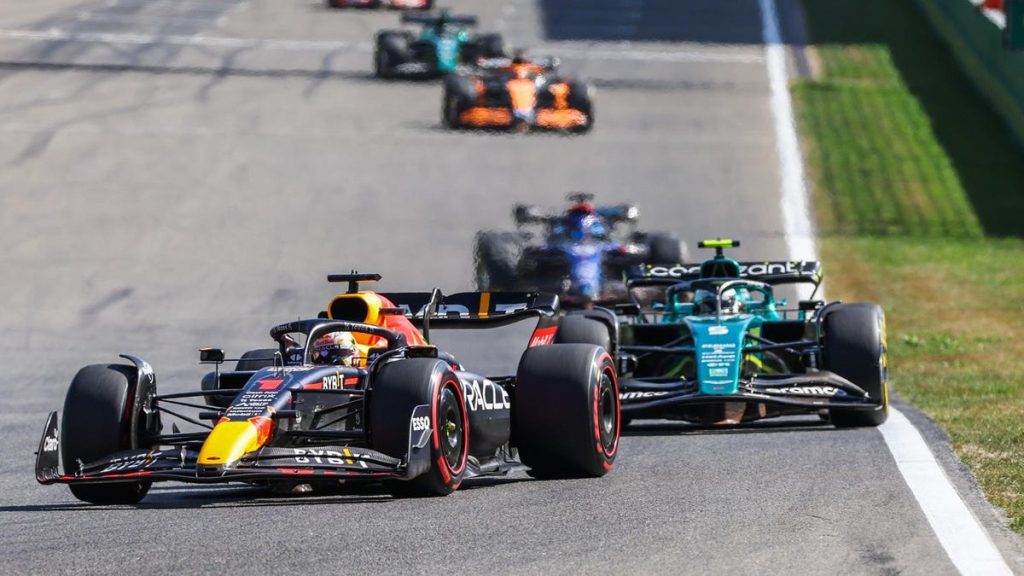Verstappen's Belgian GP Win Highlights the Next Big Problem for F1

Photo: Peter Fox (Getty Images)
Yesterday’s Formula 1 race featured a brilliant performance from Red Bull Racing’s Max Verstappen. The reigning world champion won the Belgian Grand Prix by nearly 18 seconds over his teammate Sergio Pérez in second place and 26.8 seconds ahead of Ferrari’s Carlos Sainz in third. It’s hard to believe that Verstappen not only lined up 14th on the starting grid, but he largely made his way to the front during the early laps once the Drag Reduction System was deactivated.
It was an example of how the 2022 F1 Technical Regulations greatly reduced the aerodynamic wake produced by F1 cars. But Verstappen’s charge also showed how the lack of parity between teams is the next obstacle on the road to closer racing in Formula 1.
Max Verstappen was the fastest in qualifying for the Belgian Grand Prix by over a half second, but he was sent to the back of the field due to a power unit penalty. Though, he was slated to start 14th because of the regulatory mess of several drivers having to serve power unit penalties at once. The Red Bull driver was able to make passes and avoid the race’s first-lap chaos to get to eighth before the safety car was deployed. When the race resumed, Verstappen was virtually unstoppable and reached third by the end of the eighth lap.
G/O Media may get a commission
In past seasons, dominant car and driver combinations had to also contend with dirty air as they progressed through the field, but the new rules have largely made dirty air a problem of the past. This has also highlighted how much the front-running teams in Formula 1 are effectively a separate class from the other teams.
Formula 1 has introduced a few significant measures in recent years in hopes of closing the gaps between teams. A budget cap was put in place to curb the spending of F1 teams, and spending is the most influential factor in the eventual success of a team. In the vast majority of seasons, the highest-spending team usually wins the world championship.
There was also Computational Fluid Dynamics (CFD) simulation cap instituted to slow a supercomputing arms race. Hours in the real-world wind tunnel are also restricted, but on a sliding basis. Teams are allocated wind tunnel hours in the regulations based on where they finish in the previous season’s World Constructors’ Championship. The worse a team finished, the more hours it is allocated.
Formula 1 opting to level the playing field back at the team factories is far more seamless than the grid penalties meant to enforce power unit reliability requirements. Though, only time will tell if these measures will be enough to increase parity with Formula One.



